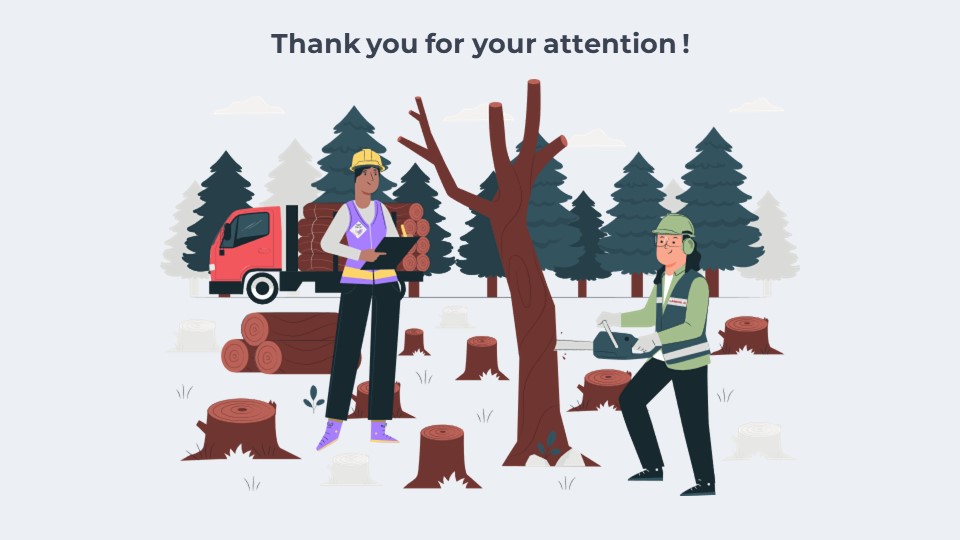Conclusion
Authors: Clément Hardy1
Affiliations: 1Université du Québec en Outaouais (UQO)\

Thank you for taking the time to learn to use Magic Harvest ! I hope it’ll be as useful to you as it was to me.
You might think that this workshop is strangely detailed and complete for such a small extension of a single Forest Landscape Model. Truth is, I had a lot of colleagues and people in the LANDIS-II community asking me about Magic Harvest; and so, I decided to make sure that everybody had a good ressource to learn how to use it in the future.
As forest ecologists, we are now in great demand to investigate the long-term and large scale effect of forest management. Forest industries, governments and the public at large are desperate to find new ways to do forestry without compromising the health, integrity and complexity of forests.
While I do believe that there will be no miracles coming out of this research, and that our societies will most likely need to tune down our level of ressource consumption if we really want to help forest survivre the 21st century (and those that will come after), simulations can still clarifiy a lot of thing on these issues.
Magic Harvest offers you the capability of making complex management strategies in a completely flexible way while profiting from the amazing power of the LANDIS-II model. It basically allows you to couple a complex forest management model with a complex Forest landscape model. In my own experience, this is still really new, and very exciting for many people.
The sky is the limit : you might make management decisions based on complex algorithms that you will have created, or you might even use external models used in forestry (e.g. Woodstock) to do the decisions and import them back into LANDIS-II.
The main difficulty of Magic Harvest is not necesseraly to use it, but to use it in conjonction with the rest of LANDIS-II; because all of the other extensions of LANDIS-II need calibrating and parametrizing and all ! LANDIS-II is an awesome model, but it does take time and patience to get it in your mind and have a good view of what’s going on. Luckily, it’s often simpler to understand than other models thanks to its modular nature and its spatially explicit representation of things, which makes it easier to visualize in your mind. But once you’ll get it, you will be a forest ecologist in very high demand. Congratulations for your perseverance !
One last word : I can answer some questions at clem.hardy@pm.me, but my time these days is quite limited. Still, feel free to send me a message !
Good luck simulating forests,
Clément